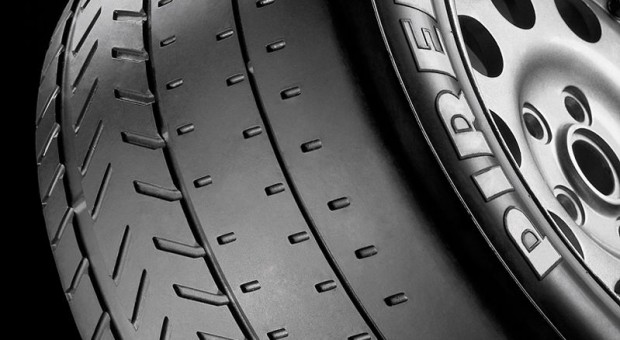
Firm Footing: How to Make Sure Your Vehicle Tyres Are in Optimum Condition
October was National Tyre Month in the UK, but that doesn’t mean tyres are only relevant in October. Knowing how to evaluate your tyres is an important skill that everyone should possess. Knowing what to look for can not only ensure that your ride is safe for all road conditions, it can save you some legal headaches as well.
According to TyreSafe, in 2012 a total of 10,228 drivers in the UK were fined for driving with defective tyres–an astounding number. The UK is cracking down on owners who don’t properly maintain their vehicles, hoping that will decrease safety hazards on the road. Below are the steps you need to take to ensure your tyres are up to snuff.
Inspect Tyres Regularly
When auto experts say “regularly,” they mean once per month. Every month, during one of your fuel stops, check the pressure in your tyres, ensure that value caps are in place, and look for obvious signs of failure like bulges, dry rot, cracks, cuts, and discolouration. These three simple steps take no more than a few minutes once per month and can go along way in ensuring proper tyre performance.
Evaluate Tyre Tread
The state of the tread on your tyres should be checked monthly as well, but gets its own section due to its supreme importance to issues such as traction, cornering, and stopping distance. In general, there are three effective ways to assess the quality of your tread. The first is to take the car to a professional, but the next two are things you can do yourself.
Some tyres have built-in tread wear indicators. These will be little bits of rubber that reside in the deepest parts of the treads and only become visible as the tyre wears down. When the tread is even with these little bits of rubber and they are easy to see, it is time to replace your tyres.
Another way to tell if your tyres need to be replaced is to use a tyre tread gauge (this is what the professionals will use, but you can get your own). Tread gauges are relatively inexpensive as they are nothing more than rulers that fit into the treads of a tyre. They come with instructions on their proper use and can be stored in your glove compartment.
If you don’t want to purchase a tread gauge, you can use a 20p coin. Put the coin into the tread of the tyre and look to see if the outer band of the coin is visible. If the band is visible, the tyres probably need to be replaced.
If you have a penny from the United States, you can make use of that as well. Place then penny into the tread so that Lincoln’s head is pointing toward the tyre. If any portion of his head is covered, the tyres are still good for wet roads. If you live in a snowy area, flip the penny over and make sure at least part of the top of the Lincoln Memorial is covered.
Tyre tread is the single most important factor in determining tyre safety and vehicle performance. Unsafe tyres are not just a risk to the person riding on them, but also a risk to others on the road. If you have been in an accident that was the result of poor tyre maintenance, you may want to contact an attorney. If you do, click here.
Rotate Tyres
Rotation helps to reduce uneven wear and can maximize tread life. Rotating your tyres frequently not only helps them to last longer, it also ensures that you look at them once in a while. While many people rotate their tyres based on distance driven (consult your owner’s manual), many do it on a time schedule. Rotating your tyres every 3 to 6 months, depending on how much you drive, is reasonable.
Never Overload a Tyre
Tyres have load limits that tell users how much pressure they can withstand before they fail. Maximum load is usually designated by a code on the sidewall of the tyre. Codes are numeric and range from 60, the lowest load rating, to 125, the highest load rating.
In addition to load ratings, most tyres also have speed ratings. These are designated by a letter or by an “A” followed by a single number. A1 is lowest speed rating while (Y) is the highest. Most passenger cars have a rating of R or S, which would confine speeds to between 170 and 180 km/h.
The Bottom Line
You are responsible not just for your own safety, but for the safety of everyone else on the road with you. Having under-inflated, worn, improperly loaded, or otherwise compromised tyres can put your life at risk. Inspect your tyres every month by following the tips above to ensure that you remain as safe as possible on the road.
Lewis Wild is an automobile safety researcher. He avidly blogs about maintenance and general car safety.
















